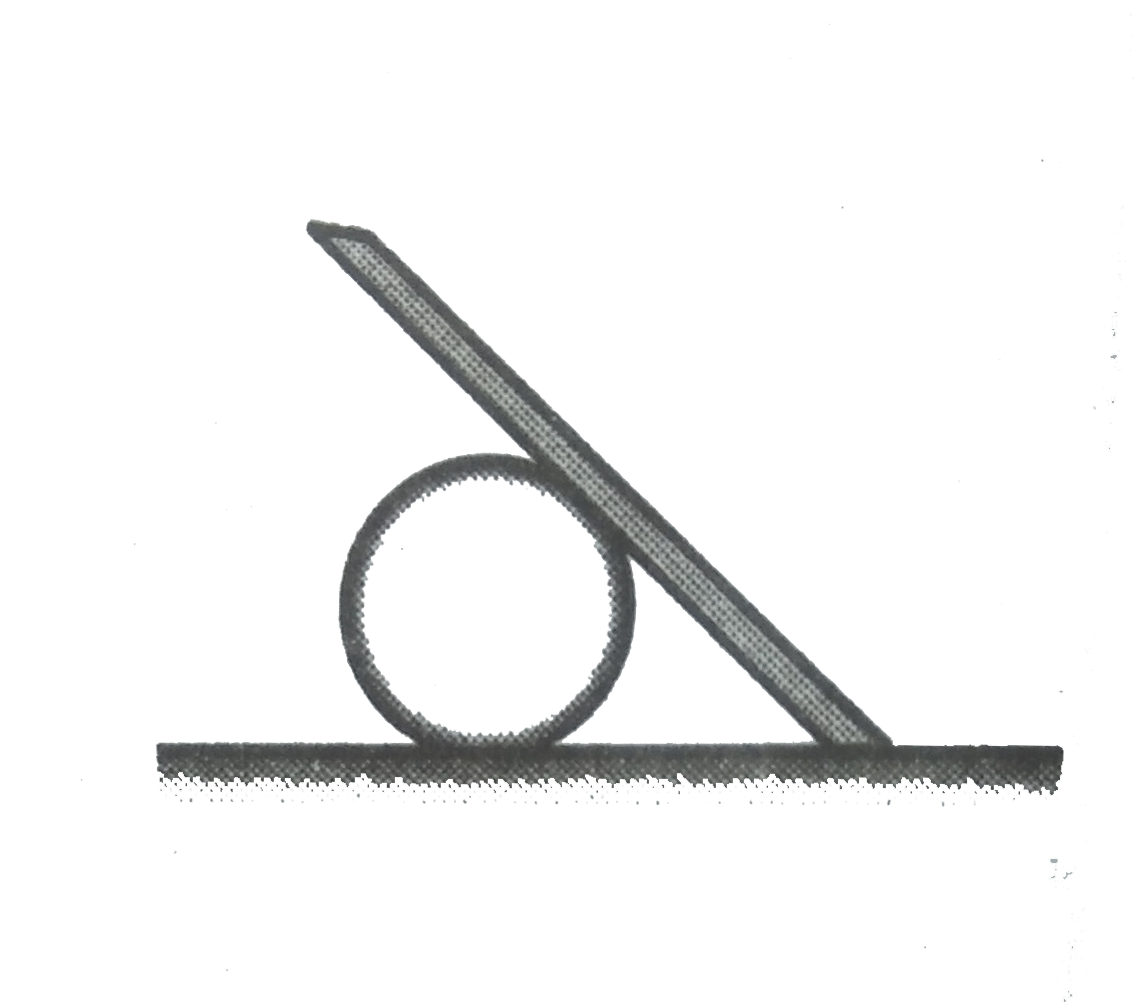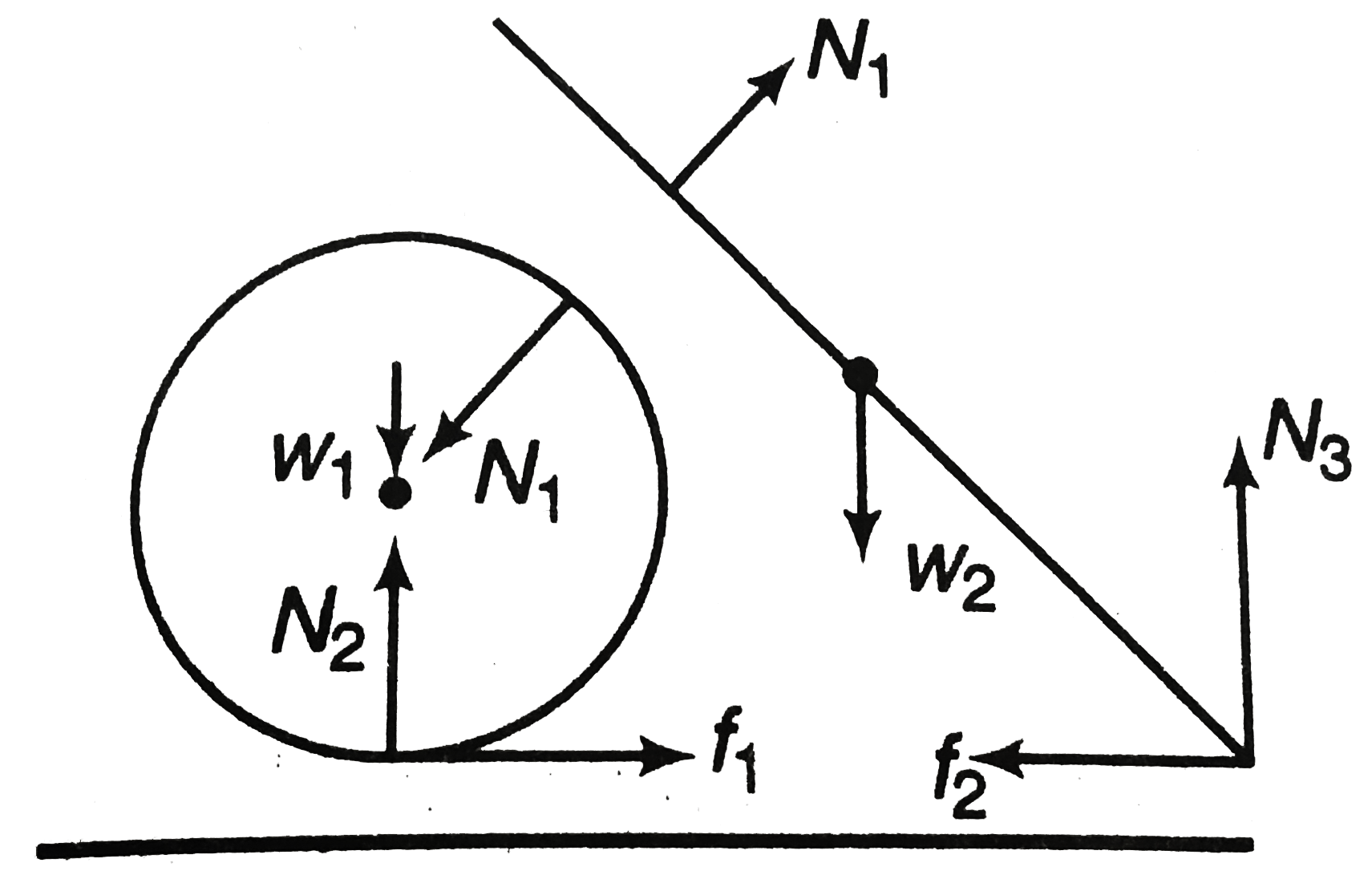Text Solution
Verified by Experts
|
Topper's Solved these Questions
LAWS OF MOTION
DC PANDEY|Exercise Exercise 8.2|9 VideosView PlaylistLAWS OF MOTION
DC PANDEY|Exercise Exercise 8.3|8 VideosView PlaylistLAWS OF MOTION
DC PANDEY|Exercise Miscellaneous Examples|9 VideosView PlaylistKINEMATICS 1
DC PANDEY|Exercise INTEGER_TYPE|15 VideosView PlaylistLAWS OF THERMODYNAMICS
DC PANDEY|Exercise Level 2 Subjective|18 VideosView Playlist
Similar Questions
Explore conceptually related problems
Knowledge Check
Similar Questions
Explore conceptually related problems
DC PANDEY-LAWS OF MOTION-Exercise 8.1
- The diagram shows a rough plank resting on a cylinder with one and of ...
04:22
|
Playing Now - Two spheres A and B are placed between two vartical walls as shown in ...
05:20
|
Play - A point A on a sphere of weight w rests in contact with a smooth verti...
02:02
|
Play - A rod AB of weight w(1) is placed over a sphere of weight w(2) shown i...
02:53
|
Play - A rod OA is suspended with the help of a massless string AB as shown i...
02:52
|
Play - A rod AB is placed inside a rought spherical shall as show in figure. ...
03:11
|
Play - All the string in figure are massless. Tension in the horizontal strin...
03:27
|
Play - The 50kg homogeneous smooth sphere rests on the 30^(@) incline A and a...
04:25
|
Play - In question 3 of the same exercise, the radius of the sphere is a. The...
03:45
|
Play - A sphere of weight w = 100N is kept stationary on a rought inclined pl...
07:37
|
Play

